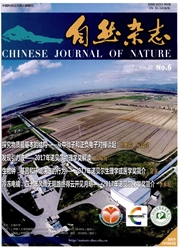

 中文摘要:
中文摘要:
在被子植物中,花粉壁是雄性配子体表面包裹的一层致密物质,在抵御各种环境压力或微生物的侵袭,以及授粉时细胞的识别等方面具有重要作用。花粉壁由花粉内壁和花粉外壁所组成,其中外壁又分为外壁外层和外壁内层。花粉外壁的物质直接来源于绒毡层细胞,外壁的沉积模式是由初生外壁决定,而花粉内壁由小孢子自身控制。近年来在模式植物拟南芥中,人们克隆了许多与花粉外壁形成相关的基因,这些基因的突变往往会导致植株雄性不育的表型。这些基因涉及到绒毡层发育的调控、孢粉素的生物合成与运输,以及胼胝质壁和初生外壁的形成。笔者对这些基因的功能与花粉壁发育的关系进行介绍。
 英文摘要:
英文摘要:
In angiosperm, the pollen wall is a layer of dense material on the microgametocyte surface, which plays important roles in protecting pollen from various environmental stresses and microorganism attacks, and in cell-cell recognition during pollination. The pollen wall is constituted of the outer layer exine and the inner layer intine. The exine is further divided into sexine and nexine. The material for exine is directly from the tapetum cells, and the deposition pattern of exine is decided by the primexine. Intine is synthesized by microspore itself. Recently, multiple genes were reported to be involved in the pollen wall formation in Arabidopsis theliana. The mutations of the majority of these genes lead to male sterility in plants. The functions of these genes are related to tapetal development, sporopollenin biosynthesis and transport, callose wall and primexine formation. The functions of these genes in the pollen wall development are introduced in this paper.
 同期刊论文项目
同期刊论文项目
 同项目期刊论文
同项目期刊论文
 期刊信息
期刊信息
